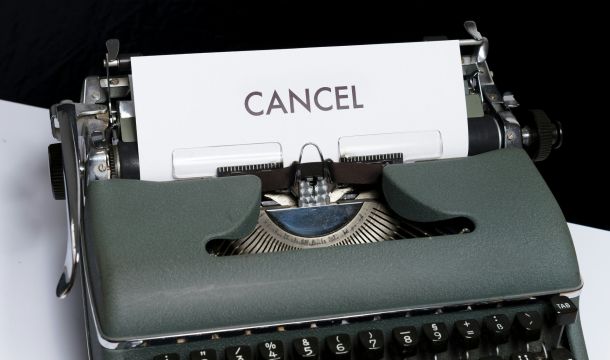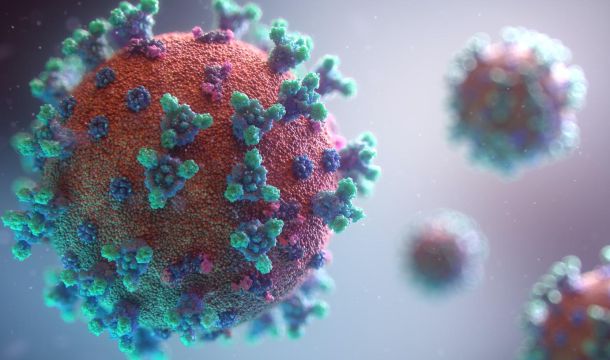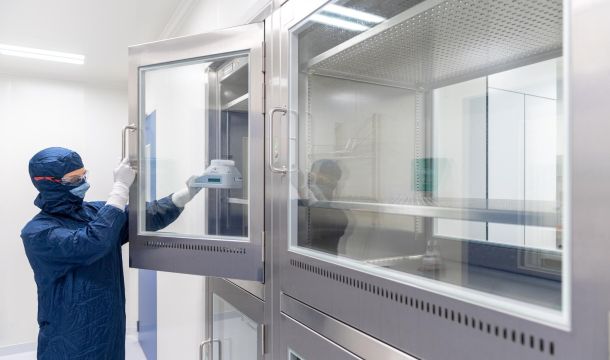Critical Infrastructure Workers Exposed to COVID-19 No Longer Must Self-Quarantine, Says CDC
Written on .
Tag(s): COVID-19
This week, the CDC issued some Interim Guidance for Implementing Safety Practices for Critical Infrastructure Workers Who May Have Had Exposure to a Person with Suspected or Confirmed COVID-19. This new Guidance applies to critical infrastructure workers, including personnel in 16 different sectors of work including:
- Federal, state, & local law enforcement
- 911 call center employees
- Fusion Center employees
- Hazardous material responders from government and the private sector
- Janitorial staff and other custodial staff
- Workers – including contracted vendors – in food and agriculture, critical manufacturing, informational technology, transportation, energy and government facilities
Previously, the CDC had recommended that workers exposed to COVID-19 self-quarantine for 14 days. Now, in this latest Guidance, the CDC is relaxing that self-quarantine requirement and recommending that such workers can remain at work as long as they are asymptomatic and follow other procedures to prevent the spread of the virus. Specifically, the CDC now recommends as follows:
Critical Infrastructure workers who have had an exposure but remain asymptomatic should adhere to the following practices prior to and during their work shift:
- Pre-Screen: Employers should measure the employee’s temperature and assess symptoms prior to them starting work. Ideally, temperature checks should happen before the individual enters the facility.
- Regular Monitoring: As long as the employee doesn’t have a temperature or symptoms, they should self-monitor under the supervision of their employer’s occupational health program.
- Wear a Mask: The employee should wear a face mask at all times while in the workplace for 14 days after last exposure. Employers can issue facemasks or can approve employees’ supplied cloth face coverings in the event of shortages.
- Social Distance: The employee should maintain 6 feet and practice social distancing as work duties permit in the workplace.
- Disinfect and Clean work spaces: Clean and disinfect all areas such as offices, bathrooms, common areas, shared electronic equipment routinely.
If the employee becomes sick during the day, they should be sent home immediately. Surfaces in their workspace should be cleaned and disinfected. Information on persons who had contact with the ill employee during the time the employee had symptoms and 2 days prior to symptoms should be compiled. Others at the facility with close contact within 6 feet of the employee during this time would be considered exposed.
The CDC has a printable flyer for critical workplaces to post.
Remember, this guidance applies to persons who may have been exposed to COVID-19 but do not have symptoms of illness. If an employee becomes ill or tests positive for COVID-19, he or she should be removed from the workplace and not allowed to return to work until the criteria to discontinue home isolation are met, in consultation with healthcare providers and state and local health departments.

Kathleen J. Jennings
Former Principal
Kathleen J. Jennings is a former principal in the Atlanta office of Wimberly, Lawson, Steckel, Schneider, & Stine, P.C. She defends employers in employment matters, such as sexual harassment, discrimination, Wage and Hour, OSHA, restrictive covenants, and other employment litigation and provides training and counseling to employers in employment matters.
Related Content
Get Email Updates
Receive newsletters and alerts directly in your email inbox. Sign up below.
Recent Content
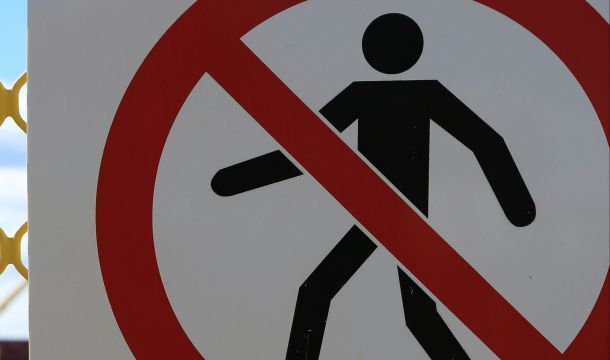
TPS Update (as of 9/3/2025)
The Trump Administration has acted to terminate TPS status for several countries. Of course, litigation has followed each notice of termina…

DOL To Shut Down OFCCP and Transfer Duties to EEOC
For years the Office of Federal Contract Compliance Programs (OFCCP) was a formidable enforcer of equal employment and affirmative action a…
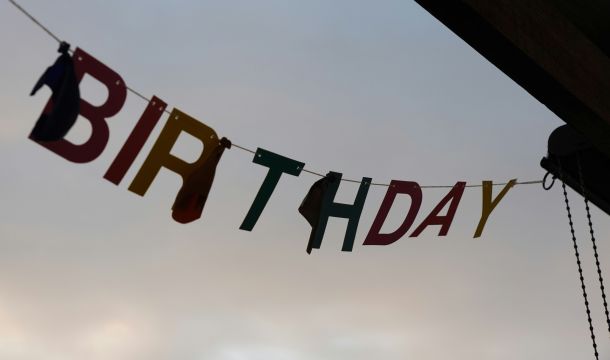
Meaning of Supreme Court Ruling Limiting Nationwide Injunctions in Birthright Case
Readers may be confused about the significance of the U.S. Supreme Court rulings in Trump v. CASA and related cases, as part of the birthri…

In Spite of Adminstration Changes, Monitoring of the Workplace Continues to Create Legal Issues
In the last month of the Biden Administration, the EEOC issued a fact sheet on wearable technology under the anti-discrimination laws, “Wea…

The Importance of Corporate Culture
The concept of company culture is important for most employers. It is important because it actually constitutes an operating system for em…

Supreme Court Ruling Limits Transgender Rights
There have been several recent developments concerning transgender rights. Most interpret the Supreme Court’s 2020 ruling in Bostock v. Cl…
